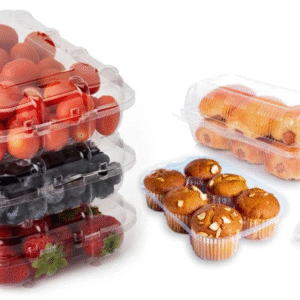Packaging is often the first thing your customer notices when they encounter your product. Among all elements, packaging labels design plays a critical role in communicating your brand’s message, attracting attention, and influencing purchasing decisions. Choosing the perfect label design isn’t just about making something look pretty—it’s about aligning your product’s identity with customer expectations, legal requirements, and market trends.
If you’re wondering how to create packaging labels that perfectly suit your product, this guide will walk you through every step. Whether you are launching a new product or refreshing your current packaging, these tips will help you find the ideal label package design to make your brand stand out.
1. Understand Your Brand Identity
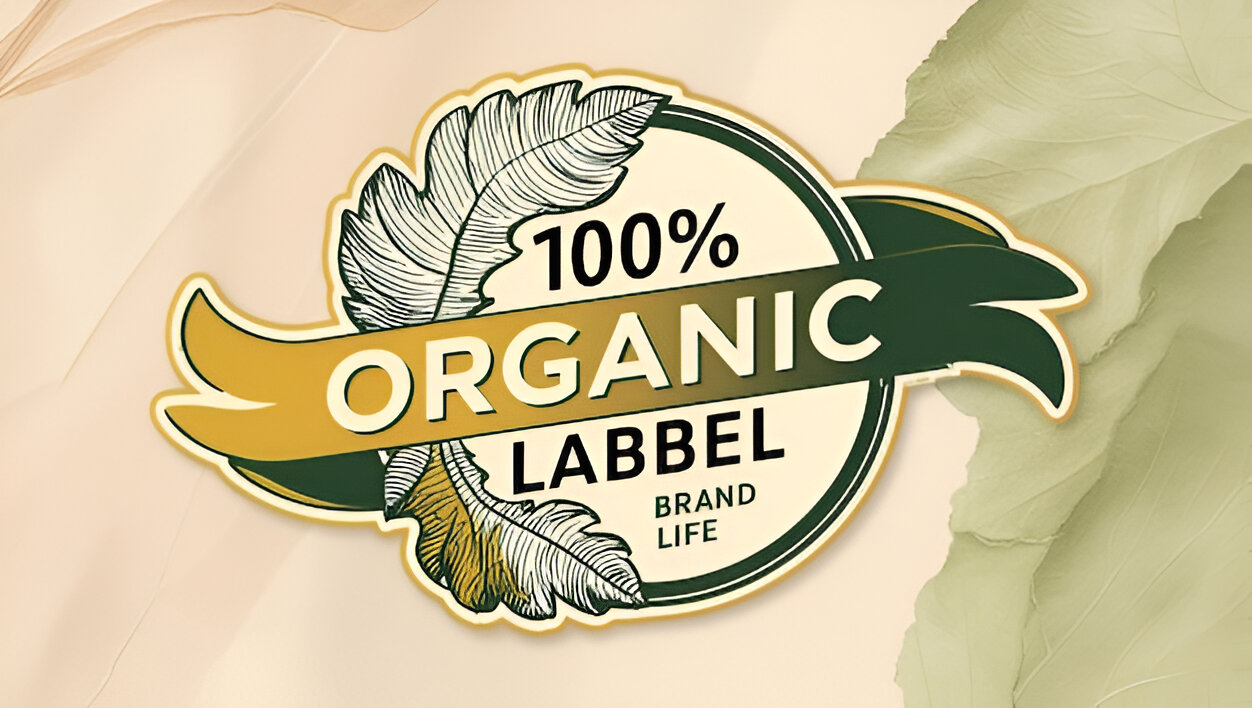
Before diving into the creative aspects of packaging labels design, it’s essential to have a clear understanding of your brand identity. Your label needs to reflect who you are as a brand and what you want your customers to feel when they see your product.
- Are you a luxury brand, a fun and quirky startup, or an eco-friendly company?
- What tone do you want to convey: elegant, playful, professional, or natural?
Answering these questions helps you define the style, colors, fonts, and imagery for your packaging label design. For example, if your brand is eco-conscious, you might lean toward earthy colors and recycled materials in your label package design. On the other hand, a tech product might call for sleek, minimalist labels.
Your packaging labels design should be consistent with your overall branding to build trust and recognition.
2. Know Your Target Audience
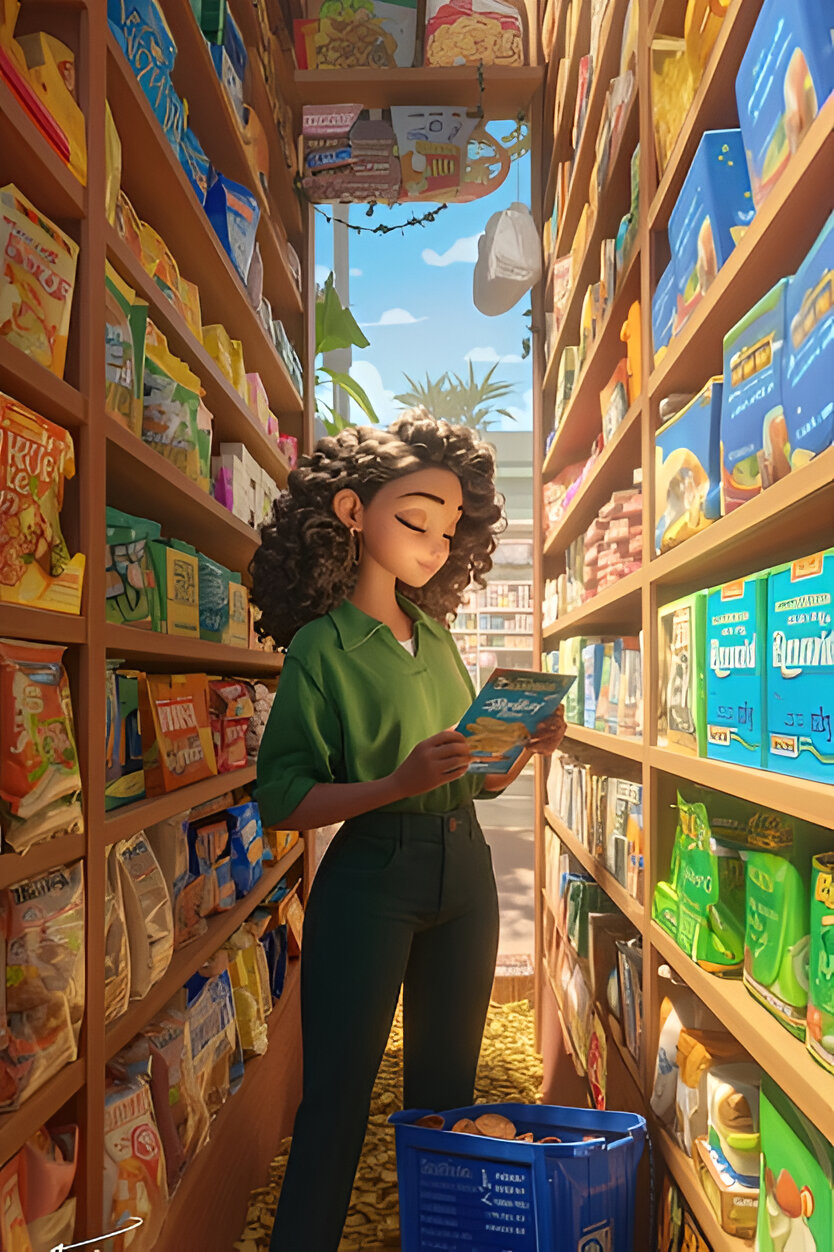
Who exactly are you designing the label for? Understanding your audience’s preferences, needs, and values is key to creating labels that resonate with them.
- Are your customers primarily young adults, families, or professionals?
- Do they prefer bold and colorful designs, or something subtle and sophisticated?
- What packaging label ideas appeal to their lifestyle or solve their problems?
Researching your target market helps you make informed decisions on your label package design. For example, natural health products often benefit from clean, simple labels that emphasize transparency and trustworthiness. Meanwhile, children’s products might feature bright colors and playful graphics.
Knowing your audience allows you to design packaging labels that grab their attention and build a connection.
3. Consider the Product Type and Packaging Material
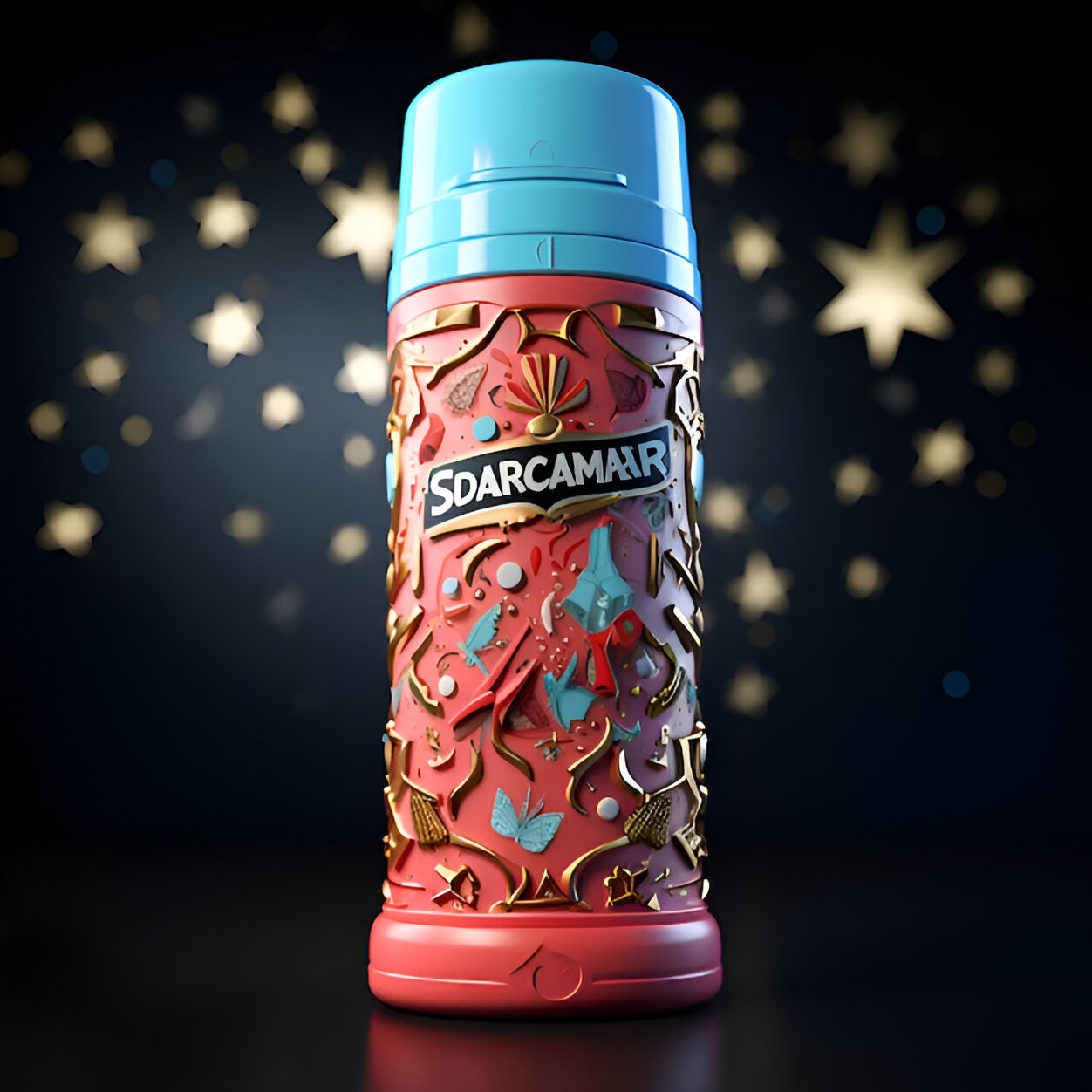
Your product’s shape, size, and packaging material heavily influence how your label will look and function.
- Is your product in a glass jar, a plastic bottle, a box, or a pouch?
- What kind of surface will your label stick to: smooth, curved, textured, or flexible?
- Will the product be exposed to moisture, heat, or other environmental factors?
Different materials require different printing techniques and label materials. For instance, waterproof labels are essential for products like cosmetics or beverages. Flexible packaging might need shrink-wrap labels, while rigid packaging can handle paper or foil labels.
Thinking about the product and packaging together ensures your label fits perfectly and endures handling without damage.
4. Choose the Right Colors and Typography
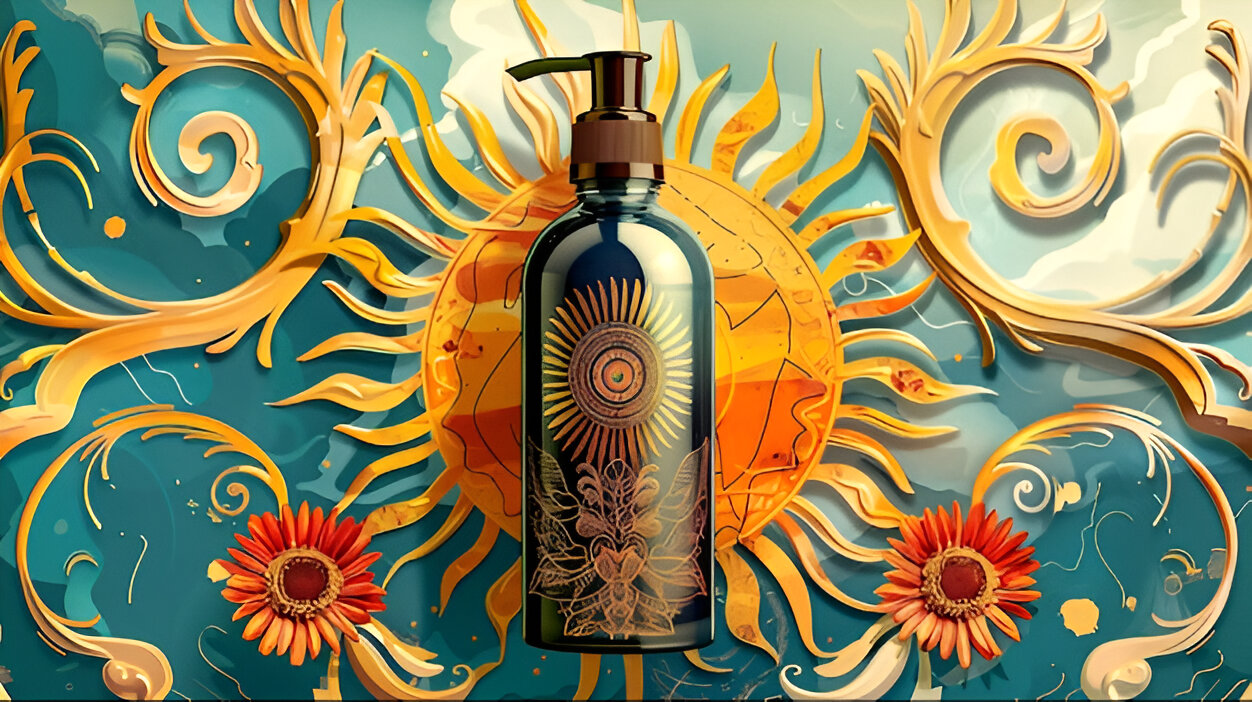
Colors and fonts are powerful tools in your packaging labels design toolbox. They communicate mood, attract attention, and impact brand perception.
- Select colors that align with your brand identity and appeal to your audience.
- Use contrasting colors to ensure readability and make important information stand out.
- Choose typography that reflects your brand’s personality while remaining legible.
For example, bold sans-serif fonts work well for modern, minimalistic brands, while handwritten or serif fonts might convey a more artisanal or traditional feel. Avoid using too many fonts or colors that clash, as this can confuse the buyer.
Consistent use of color and typography across your labels creates a cohesive look and strengthens brand recall.
-
Focus on Clear and Concise Messaging
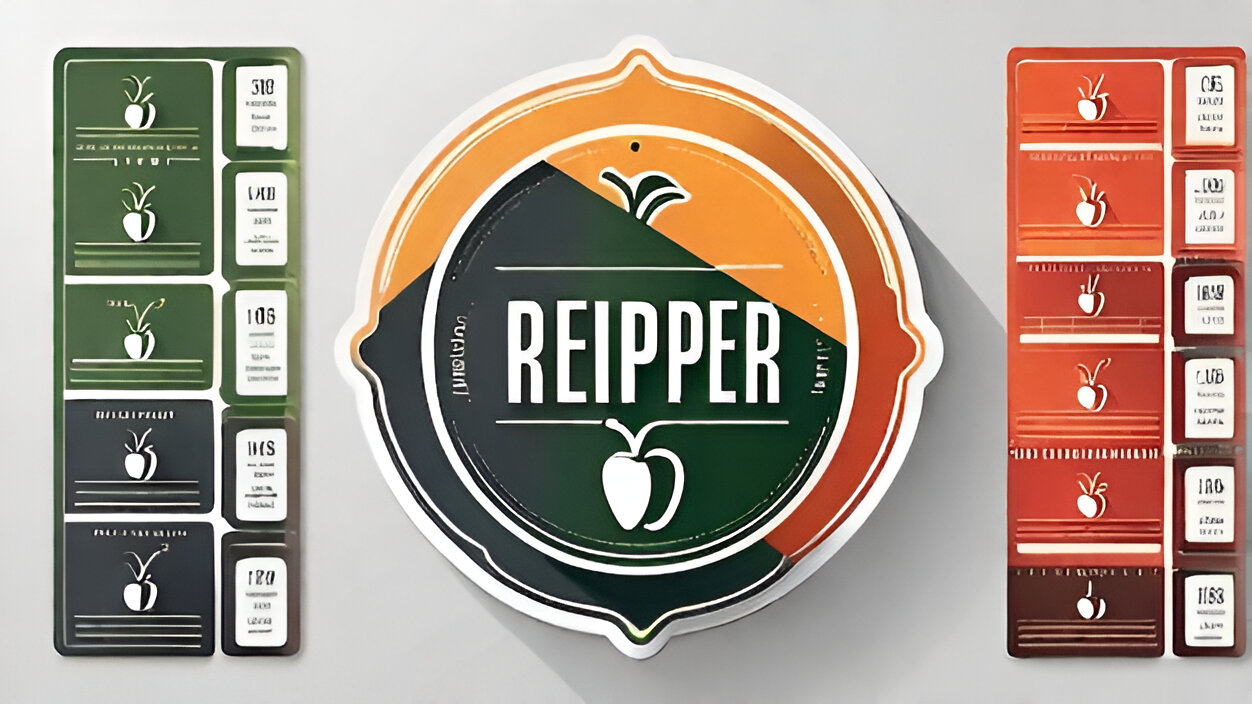
A well-designed label balances creativity with clear communication. Your packaging labels design should convey all necessary information quickly and clearly.
- Include your product name prominently.
- Highlight key features or benefits (organic, gluten-free, handmade, etc.).
- Add essential details like ingredients, usage instructions, and net weight.
- Ensure regulatory information such as barcodes, certifications, and warnings are included.
Using concise wording and clean layouts helps customers scan and understand your product at a glance. Overcrowded labels can overwhelm and deter buyers, so prioritize information and maintain white space.
6. Incorporate Legal and Regulatory Requirements
Depending on your product category and market, there may be legal requirements that your packaging labels must fulfill.
- Food and beverage products often require nutrition facts, ingredient lists, and allergen warnings.
- Cosmetics have specific labeling guidelines for ingredients and safety instructions.
- Hazardous or chemical products need warnings and handling instructions.
Familiarize yourself with the regulations relevant to your product to avoid costly mistakes or recalls. Make sure all mandatory information is clearly visible and readable on your label package design.
7. Balance Aesthetics with Practicality

While the look of your packaging labels design is vital, it shouldn’t come at the cost of usability or durability.
- Choose label materials that withstand shipping, storage, and handling conditions.
- Consider finishes such as matte, gloss, or textured coatings based on your brand style and product needs.
- Think about the label shape and size—will it fit the package well and be easy for customers to peel off if needed?
Balancing beauty and function ensures your label not only attracts customers but also protects your brand reputation by looking professional over time.
8. Test Different Designs Before Finalizing

Don’t settle for the first label design you create. Testing multiple packaging label ideas helps you find the best option.
- Print sample labels and apply them to your product packaging.
- Gather feedback from customers, friends, or focus groups about the design’s appeal and clarity.
- Evaluate how the labels look on shelves alongside competitors.
Testing lets you catch any design flaws early and refine your label package design to maximize its impact.
9. Work with Professional Designers or Label Experts

If you’re not confident in your design skills, consider collaborating with professionals who specialize in packaging labels design.
- Designers understand how to balance aesthetics with technical requirements.
- Label experts can advise on materials, printing techniques, and compliance issues.
- Professionals can help you create custom packaging labels that truly stand out.
Investing in expert help can save time, reduce errors, and elevate the quality of your product presentation.
10. Keep Your Packaging Labels Consistent Across Products
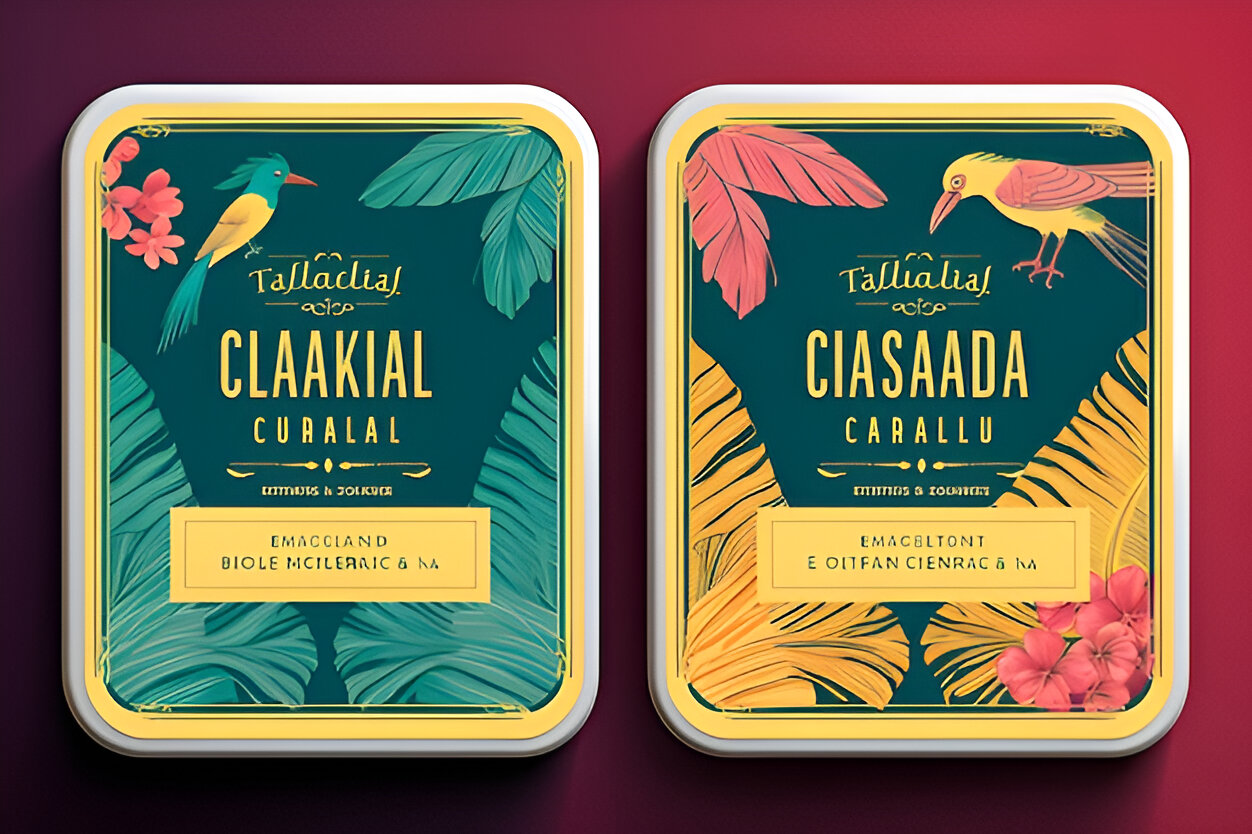
If you have a product line, maintaining consistency in your label package design is crucial.
- Use similar color schemes, fonts, and layout structures across all labels.
- Include common branding elements such as logos and taglines.
- Make subtle variations to differentiate individual products while maintaining a cohesive look.
Consistency reinforces brand identity, builds customer trust, and creates a professional appearance on store shelves.
Final Thoughts
Choosing the perfect packaging labels design is a blend of creativity, strategy, and practical considerations. By understanding your brand, audience, and product, and by paying close attention to color, typography, messaging, and regulations, you can create packaging labels that not only look amazing but also drive sales.
Experiment with different packaging label ideas and don’t hesitate to seek professional help to make your label package design the best it can be. Great labels turn ordinary products into unforgettable experiences—so make sure yours are working hard for your brand every time they catch a customer’s eye.





